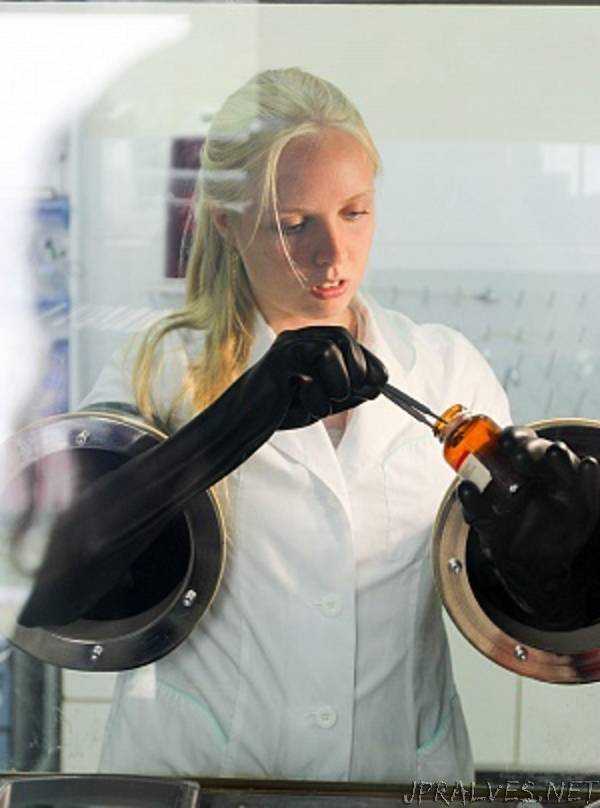
“Employees of the Faculty of Chemistry and the Faculty of Materials Science of the MVLomonosov Moscow State University patented an electrochemical cell that allows studying chemical processes in battery materials, using highly sensitive methods of surface analysis. The development will make it possible to understand the processes that arise when using lithium-air batteries. This type of battery with the same mass has 5 times more capacity than the widely used lithium-ion batteries.
To increase the efficiency of batteries, scientists around the world suggest using new chemical reactions, which, leaking when charging and discharging the battery, allow for a higher specific energy storage. One of the most promising alternatives to the most common now lithium-ion batteries are lithium-air elements.
Lithium-air batteries produce electricity literally from the air: the principle of their operation is based on the oxidation of lithium by air oxygen to lithium peroxide Li2O2. They are light and can provide about 5 times more specific energy than lithium-ion batteries. But, despite the advantages, industrial production of lithium-air batteries has not yet been launched: developers face fundamental and technological difficulties. One of the significant drawbacks of innovative batteries was the rapid degradation of the positive electrode of the battery, which, as a rule, is made of carbon. After a dozen cycles of charging and discharging, the battery stops working.
In order to determine the processes that lead to irreversible changes in the electrolyte and electrodes, experts create model electrochemical cells. With the help of its development, a research group of chemists from Moscow State University, led by Dr. Lada Yashina, found out that the reaction of carbon with the very active and, at the same time, short-lived lithium superoxide LiO2, rather than the peroxide Li2O2, leads to the destruction of the positive electrode in lithium-air batteries was considered earlier. Superoxide in the cell “lives” only a few seconds, but during this time has time to oxidize the surface of the carbon electrode.
The key analytical method, which clarified the cause of electrode degradation, was X-ray photoelectron spectroscopy. The method makes it possible to study in detail the processes on the surface, while the depth of sounding can reach only one atomic layer. However, in ordinary electrochemical cells, the electrodes or the electrolyte layer are too thick and absorb the photoelectrons, thereby preventing “seeing” what is happening at the electrode-electrolyte interface. Employees of the Moscow State University solved this problem by applying a monatomic graphene layer to a solid electrolyte, which is transparent to photoelectrons.
“In the use of graphene today, there is nothing unusual, in many laboratories around the world learned how to grow graphene and transfer it to the desired substrate,” explained one of the authors of the patent, senior researcher at the Department of Inorganic Chemistry Daniil Itkis . - Usually, graphene is grown on polycrystalline copper foil. We learned how to transfer graphene to a variety of substrates, including the solid lithium-conducting electrolyte, which is discussed in the patent. “
The developed cell allows to investigate processes not only in lithium batteries, but also in current sources with other charge carriers. For example, due to the use of graphene acting in the cell as a working electrode, it is possible to determine at what potentials electrolytes of various current sources cease to be stable, and which processes accompany the degradation of electrolytes. Therefore, the development will help to understand how to improve batteries of a variety of types.”
